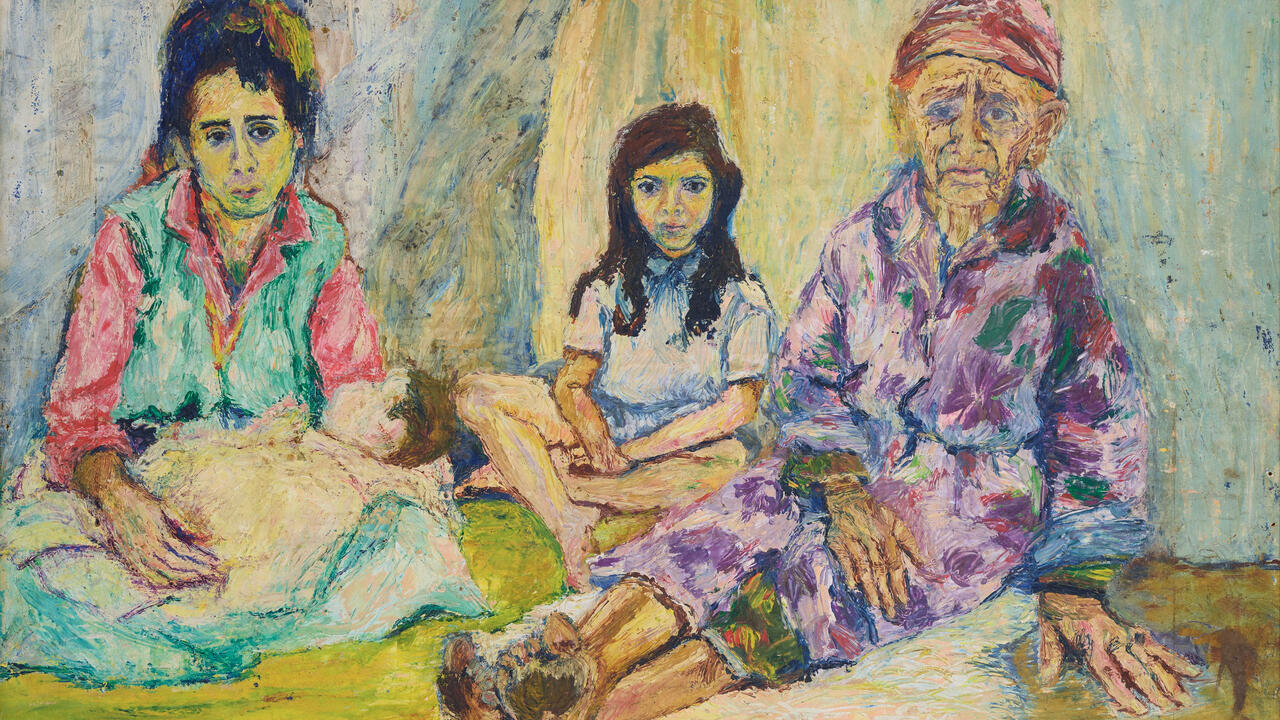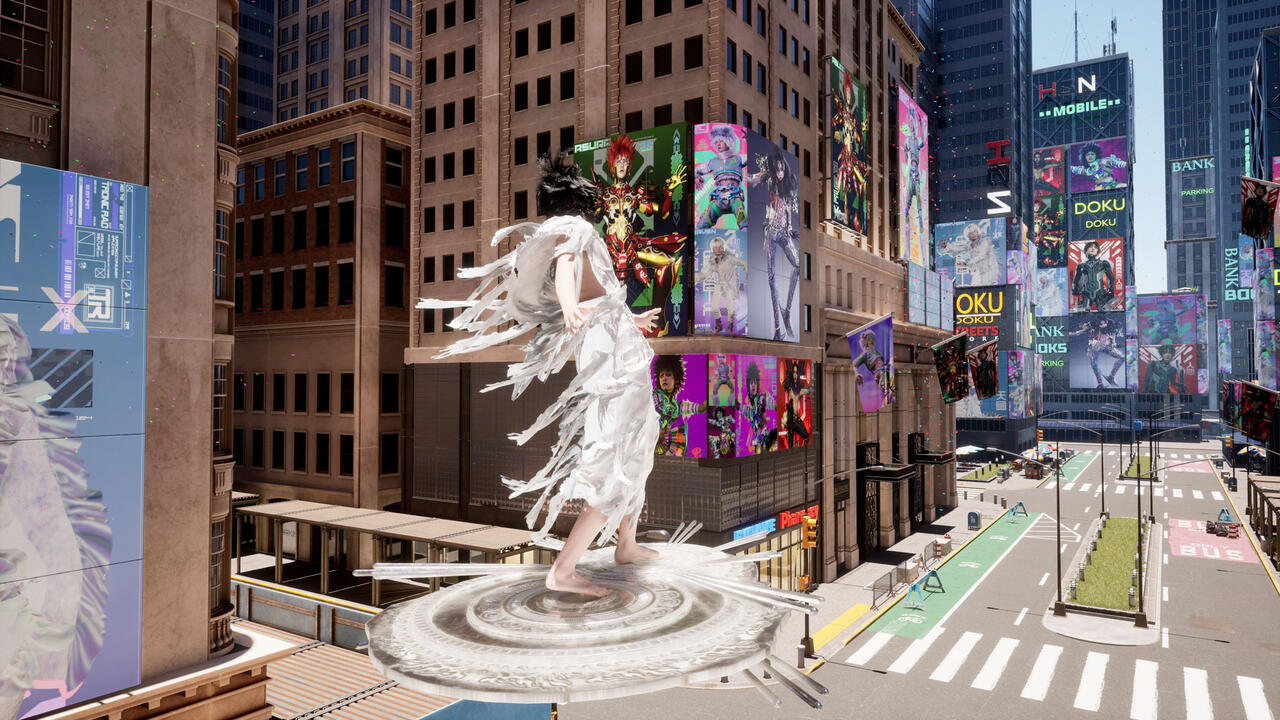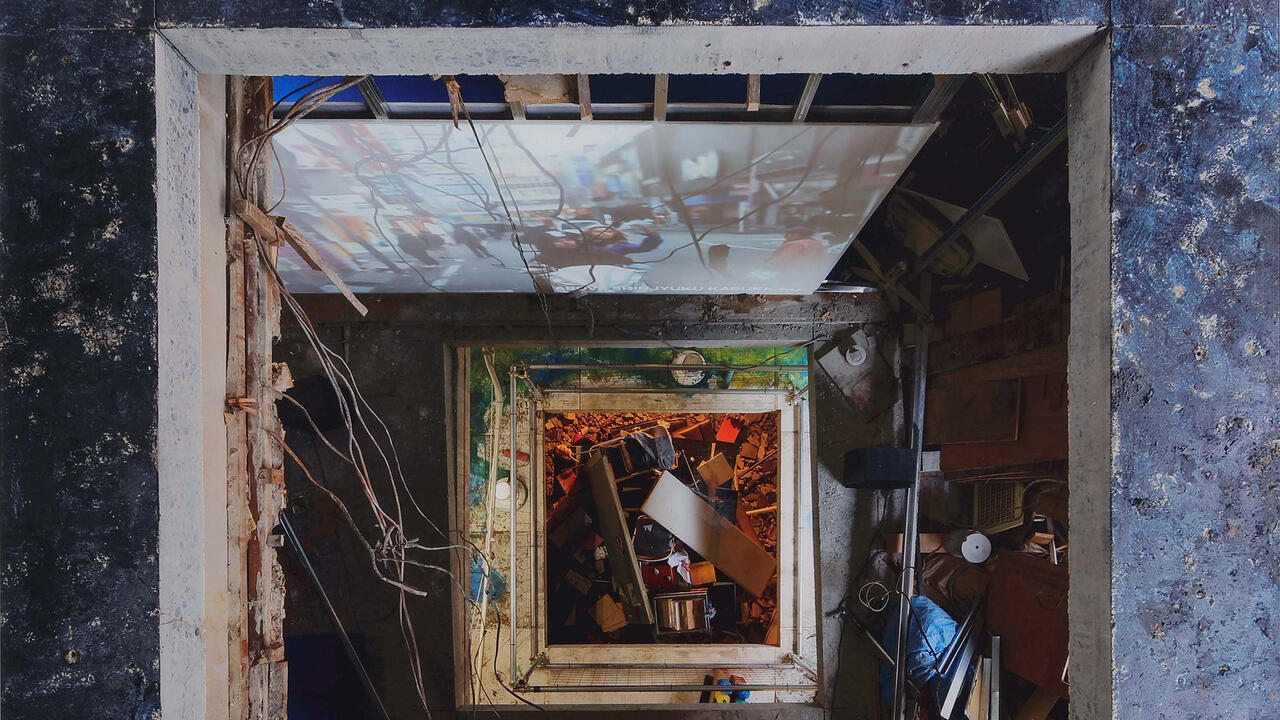We're Still Here
Last Saturday, a demonstration on immigration took place in front of the Kunstraum Kreuzberg Bethanien in Berlin. A woman on stage cried while recounting the hard conditions of a refugee neighbour. A man was endeavouring to calm her down: ‘don’t cry, be strong sister, I’m here for you.’ Even if the EU controls freedom of movement – one need only summon the long and suffocating visa procedures – authorities still gave permission for the demonstration to take place. This scene called to mind the vigorous, beautiful protestors in Turkey who have been striving – and being physically assaulted – in the pursuit of another freedom: the freedom of speech.
Last Saturday, a demonstration on immigration took place in front of the Kunstraum Kreuzberg Bethanien in Berlin. A woman on stage cried while recounting the hard conditions of a refugee neighbour. A man was endeavouring to calm her down: ‘don’t cry, be strong sister, I’m here for you.’ Even if the EU controls freedom of movement – one need only summon the long and suffocating visa procedures – authorities still gave permission for the demonstration to take place. This scene called to mind the vigorous, beautiful protestors in Turkey who have been striving – and being physically assaulted – in the pursuit of another freedom: the freedom of speech.


Countless suppressive remarks made by the Turkish Prime Minister, Recep Tayyip Erdogan, recently, has created anger and bitterness to imposed restraints on the country’s populous. A seemingly innocuous protest against the planned building of an army barrack to be used as a shopping mall in Gezi Park in central Istanbul – one of the few green spaces in the city – turned into a larger revolution against suppression, police brutality and the increasingly authoritarian acts of the government. People have been protesting regardless of their age, political views or social status. On the other side, Erdogan has been pontificating with frivolous declarations and not-so-veiled threats. The police – perhaps the major cause of the unrest with their initial heavy-handed treatment of protestors – have been unremitting in their intimidation. Onlookers, including myself, have been trying to find a historical basis for the protests: some mention a kind of ‘Turkish Spring’ while others commemorate ‘68.

As news of the hidden heroes inside of Istanbul’s Gezi park broke, ordinary citizens metamorphosed into poets, performance artists and caricaturists keeping a remarkable sense of humour despite the tear gas and plastic bullets. On the fourth day, after the first violent attack by the police, I took a flight from Berlin to join the protest in the city. Coincidentally, there was no further violence in Istanbul while I was there (though there has been since), which allowed me to listen to the stories of protestors; to walk and feel the atmosphere in the neighbourhoods of Taksim, Beyoglu and Cihangir. One should also point out that the brutality in the capital Ankara has not yet stopped – looting continues in the the streets where I grew up. The ad hoc commune living in the centre of Istanbul changed the atmosphere – a magnet for Romantics, Dadaists and would be Situationists. One day, while awaiting the performance of a contemporary dance group, Taldans, in the park, a sudden call for volunteers to clean up the streets reverberated through the air. A member of the audience (like millions of others tuned in via news channels across the globe), I realized that now it was my turn to perform rather than just watch: time to collect the rubbish using plastic gloves. This brief life in Gezi was the performance, the show itself.

Visual resistance on the streets against the severity of the government began as lines of graffiti. Now, deconstructed leftist resistance slogans were drowned out by humourous ones: ‘I could not find a slogan’, ‘The revolution will not be televised (it will be tweeted)’, ‘My ass is smaller now: Thanks police!’ Concurrently, the galleries and museums were empty; the streets transformed into an exhibition – a biennial, say – of varying types of performance. If the 13th Istanbul Biennial is still seeking an answer to it’s title ‘Mom, am I Barbarian?’ by examining: ‘the ways in which publicness can be reclaimed as an artistic and political tool in the context of global financial imperialism and local social fracture’ – it hardly seems necessary. Indeed, Kendell Geers who joined the protest when in Istabul for his now postponed show at Galerist, Istanbul, also stated that the demonstrations have achieved what the well-intentioned Istanbul Biennial had aimed for. The youth of Istanbul seem to have started to form a new perspective whilst marching, sitting, dancing, kissing; running, helping, dreaming. Aside from the humourous sloganeering, the barricades and the Atatürk Cultural Center (AKM) were the main public installations. Emma Goldman’s beauteous quote: ‘If I can’t dance, it is not my revolution!’ was hung on one of the tents. Performances and gatherings of artists generated a whole new programme: the studio of an artist collective was being used as a field hospital; while performance groups have been arranging public meetings, dancers were on the streets rather than on stages; artists, academics and theorists meet in the open to discuss the escalating situation; musicians were treading the streets; artists painted a bulldozer in vivid pink, which football fans used to chase the police after being attacked. At 9pm, in every neighbourhood, a protest of sorts – using forks, spoons and plates as instruments – took place. The sight of a naked guy wandering about on Istiklal Street repeating ‘enough’ drew loud guffaws.

Last but not least of these stunning idiosyncrasies has to be ‘The Standing Man’. At 8pm on 17 June, Erdem Gündüz, a contemporary dancer, started his motionless vigil on Taksim Square. As news of the phenomenon spread, copycat (more strenuously enacted) standing women and men quickly emerged. In support of these silent protestors, a new form of public installations was born – people putting their shoes nearby the human statues to acknowledge the act. Despite a lack of the requisite physical training (and it does require training), people have been standing still for hours in Taksim Square; Ankara; in several other Turkish cities; the court house and even in the Parliament. Some of the silent standers have been placed under arrest charged with resisting the police by not moving. Long live Surrealism …

The ongoing attitude of the Prime Minister and his blinded followers reminds me of Aldous Huxley’s 1932 book Brave New World: The ‘Ford’ who restricts the way people live; the ‘gomas’ as pills to numb the mind. What will happen next? Alain Badiou, in his recent letter to the protestors, On The Uprising in Turkey and Beyond, made a call: ‘the greatest favour you can do for us is to prove that your uprising is taking you to a different place from ours, that it is creating a situation whereby the material and intellectual corruption in which our sick old countries are languishing today will be impossible.’ But how? In public forums in several city parks events are being discussed. The lyrics of a song by the punk band Cemiyette Pişiyorum is in my head: ‘Mum, we won’t forget…’















